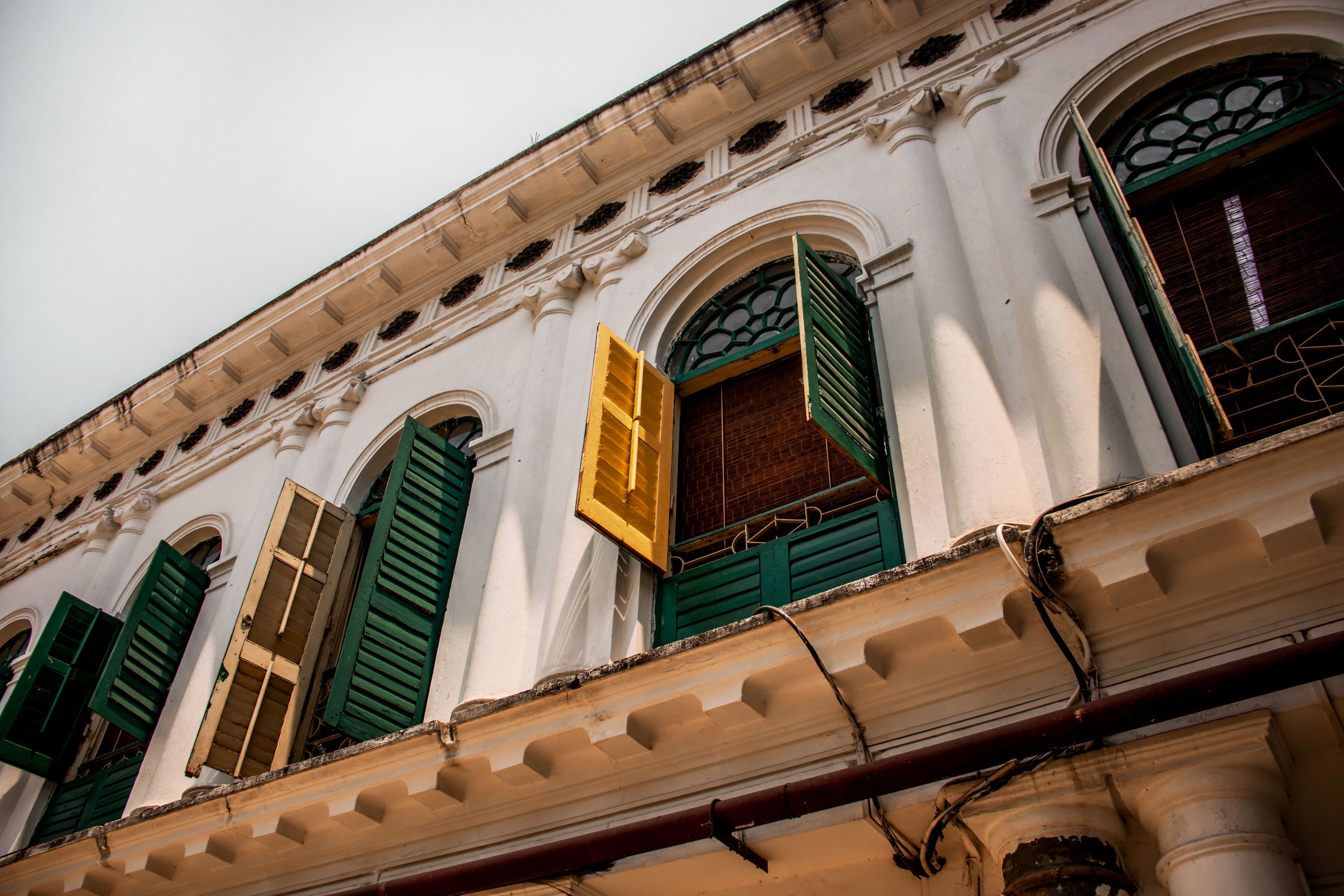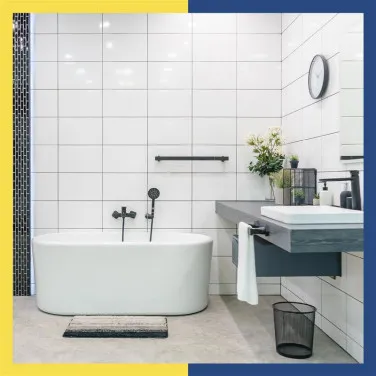Essential types of waterproofing measures for old house renovation
Learn essential types of waterproofing techniques to safeguard ancestral houses from moisture damage. This guide covers old house renovation, old terrace waterproofing, drainage solutions, and maintenance tips to ensure lasting structural integrity.
Ancestral houses, with their rich history and timeless charm, often face structural challenges due to age and outdated construction techniques. One of the most critical aspects of old house renovation is ensuring proper waterproofing to preserve the building’s integrity and aesthetics. Without different types of waterproofing measures, moisture can seep in, causing irreversible damage. This guide will help homeowners understand essential waterproofing measures to protect their heritage homes while maintaining their traditional appeal.
General measures before waterproofing
Understanding the foundational aspects of your home is crucial before applying waterproofing solutions.
- Trace the age of the property –
Understanding the property's age helps assess the extent of deterioration and predict potential problem areas.
- Identify the type of construction –
Older homes were built using traditional techniques that differ from modern structures. Recognising these methods ensures the selection of appropriate waterproofing solutions.
- Analyse the materials used –
Most ancestral houses were built with stone, exposed brick, or cement. Choosing the right waterproofing materials that complement these original components is essential.
Common waterproofing issues in old houses
Older homes have unique challenges that require specialised waterproofing approaches.
- Assess the level of dampness –
Identifying moisture-affected areas helps determine the severity of the problem and the most effective treatment method.
- Removing dampness –
Surface preparation is key. Scraping off mould, repairing cracks, and ensuring proper aeration before applying waterproofing solutions are crucial.
- Preventing future moisture issues –
Using breathable coatings and membranes ensures walls can expel trapped moisture while preventing further water penetration.
Key areas requiring waterproofing
Certain areas in ancestral homes are more prone to water damage and need specific attention.
- Roof and terrace –
Many older homes lack the correct slope for drainage, leading to water accumulation. Old terrace waterproofing involves cleaning debris, sealing cracks, and applying waterproof membranes.
- External walls –
Coatings and protective membranes prevent rainwater seepage, particularly in homes with exposed brick or stone walls.
- Basement and foundation –
Waterlogging is common in older homes. Proper drainage solutions and waterproofing treatments can prevent structural weakening.
- Splash-prone areas –
Kitchens, bathrooms, and corridors require special attention due to frequent exposure to water. Pipe replacements and moisture-resistant coatings can help.
- Water tanks –
Many old houses have cement water tanks instead of modern plastic ones. Over time, cracks and residue build-up cause leakage, making waterproofing essential.
- Drainage systems –
Poor drainage leads to water pooling. Installing French drains and ensuring proper water runoff prevents moisture damage.
Suitable types of waterproofing techniques for ancestral homes
Different waterproofing techniques can be applied depending on the structure and materials used.
- Exterior waterproofing –
Protective coatings and membranes on walls and terraces help prevent water penetration without damaging the house’s aesthetics.
- Interior sealants and coatings –
Waterproof paints and coatings prevent seepage and preserve the visual appeal of interior walls.
- Drainage solutions –
Ensuring effective water drainage through trenches, cow catchers, and proper sloping prevents waterlogging.
- Roof waterproofing –
Applying advanced solutions like polyurethane or bituminous coatings ensures the longevity of traditional tiled or sloped roofs.
Selecting the right materials for heritage conservation
Choosing the correct waterproofing materials is essential to preserving the historical value of the home.
- Material compatibility –
Modern waterproofing solutions can sometimes be incompatible with older materials. Choosing breathable sealants ensures walls retain their original texture while staying moisture-free.
- Cement-based solutions –
For ancestral homes with cement construction, waterproofing solutions that integrate with the existing structure provide long-term effectiveness.
Cost considerations and savings in waterproofing renovations
Waterproofing can be costly, but strategic planning and proper inspection help optimise expenses.
- Prioritising key areas –
Focus on essential spaces such as the roof, basement, and external walls first to prevent the most severe damage.
- Avoiding incompatible materials –
Using incorrect materials can cause further deterioration, leading to expensive repairs later. Engaging professionals for proper material selection is cost-effective in the long run.
- Smart waterproofing solutions –
Some materials and techniques offer durability at a lower cost. Consulting waterproofing experts helps in selecting budget-friendly, high-quality solutions.
- Proper inspection and planning –
Inspecting the location, soil, construction materials and more can ensure better waterproofing and renovation. Along with that, identifying weak spots early and using appropriate techniques can prevent costly mistakes and save money in the long run.
Maintaining waterproofing effectiveness
Waterproofing requires regular maintenance to ensure its long-term effectiveness.
- Routine inspections –
Regularly checking for leaks, cracks, or damp spots helps detect early signs of moisture infiltration.
- Post-curing tests –
Creating a temporary water-filled well adjacent to waterproofed walls can help test whether moisture is still being absorbed. If dampness appears, the application needs correction.
- Seasonal checks –
Especially before monsoon season, conducting waterproofing inspections ensures durability.
- Surface cleaning and debris removal –
Keeping terraces and drainage areas free from dirt, leaves, and debris prevents clogging and water stagnation.
- Reapplying coatings when necessary –
Waterproofing coatings wear out over time. Reapplying them at recommended intervals maintains their effectiveness.
Correct measures lead to stronger homes
Renovating an ancestral home requires a balance between preservation and modernisation. By implementing the right types of waterproofing, homeowners can protect their heritage properties from water damage while retaining their original charm. With proper planning, the use of compatible materials, and expert guidance, old house renovation can be both successful and cost-effective. Whether it’s old terrace waterproofing, basement treatment, or external wall sealing, taking proactive measures ensures these timeless homes remain strong for generations to come.
And for all queries and solutions related to water damage and waterproofing, Dr. Fixit is your one-stop shop. Fill out the form given below to reach out to our experts.
Get Professional Waterproofing Solutions Today
Fill The Form below to took free site evaluation by Dr. fixit point safe painting service expert
Get Professional Waterproofing Solutions Today
Fill The Form below to took free site evaluation by Dr. fixit point safe painting service expert





